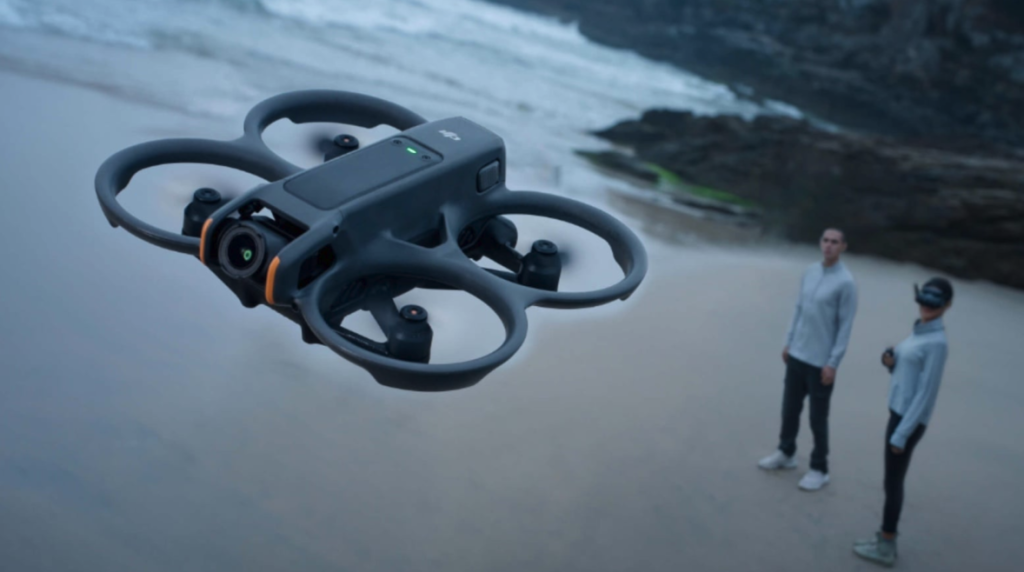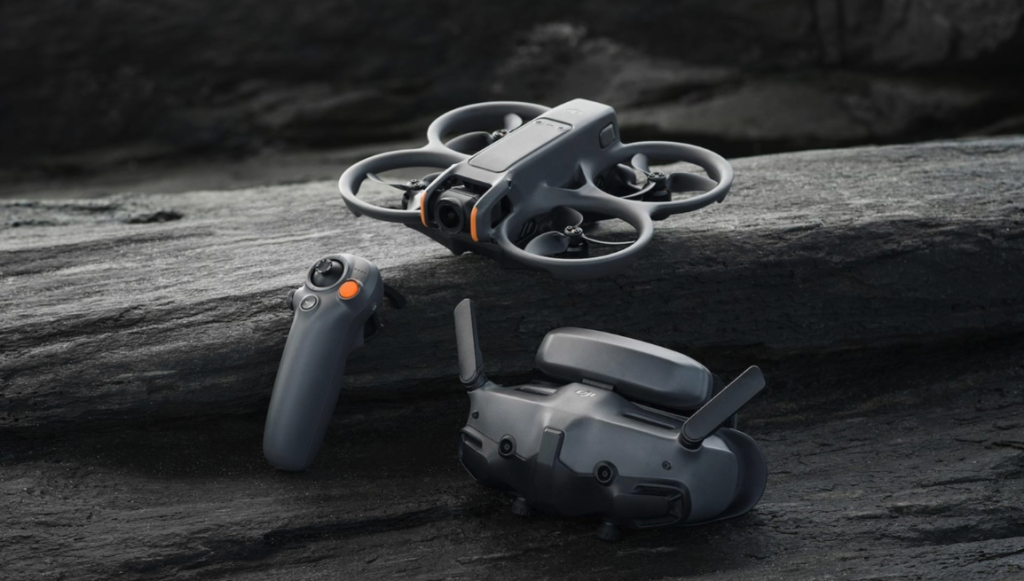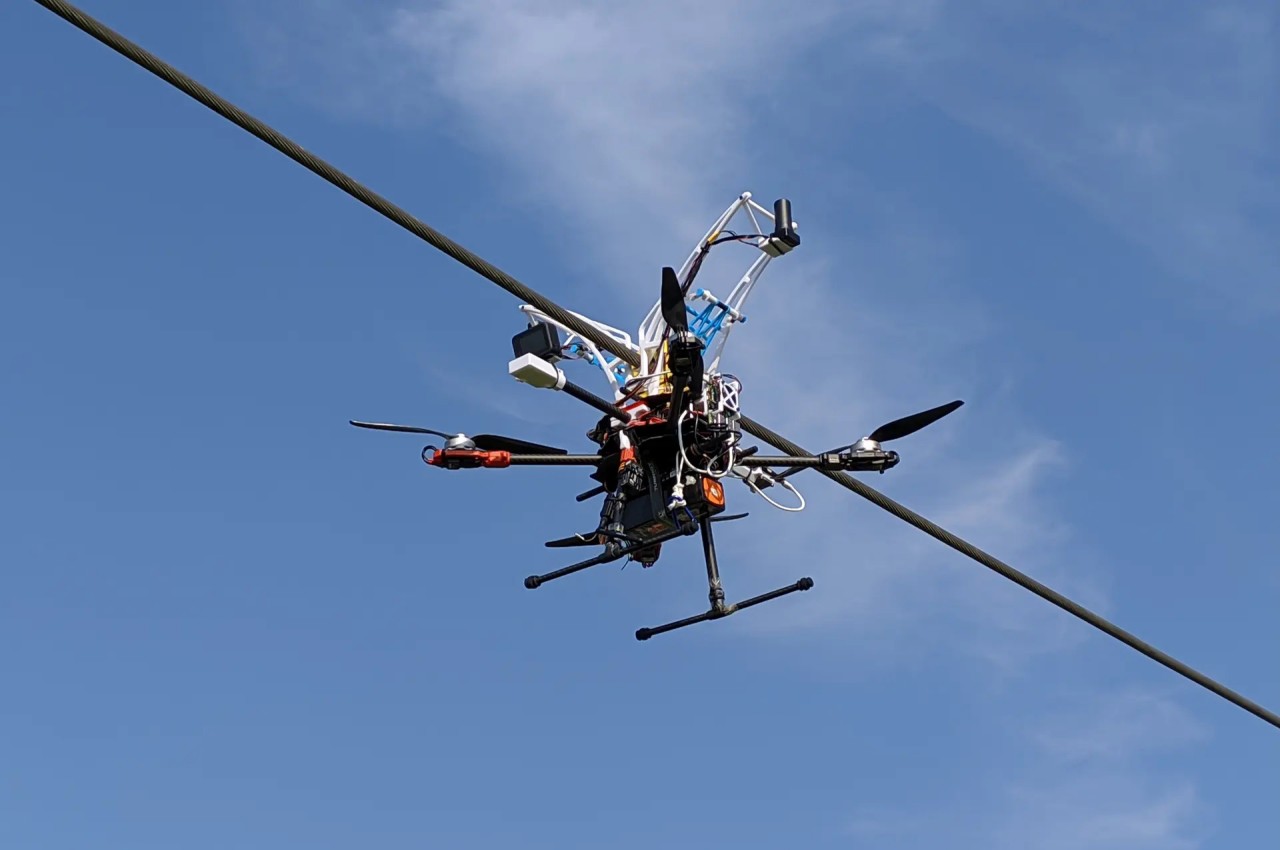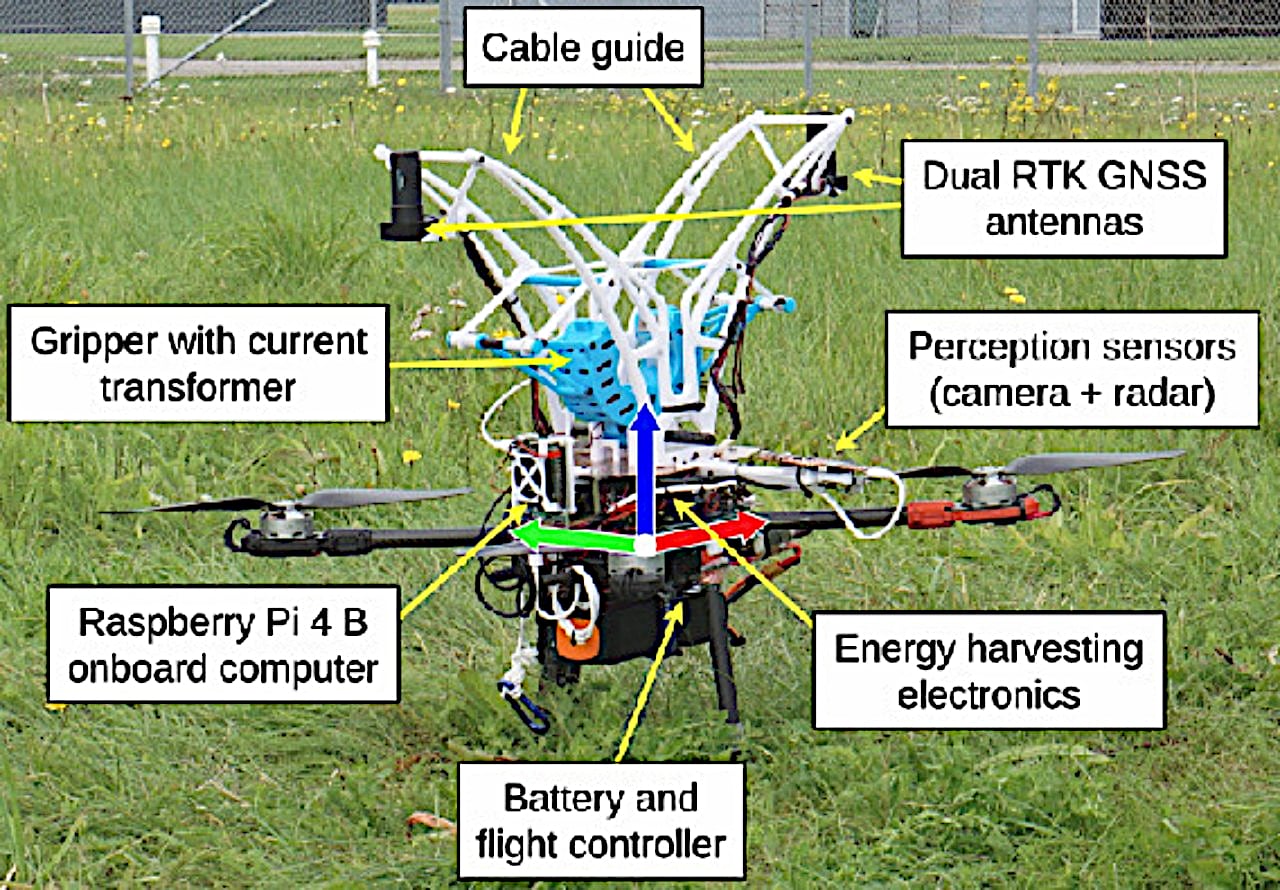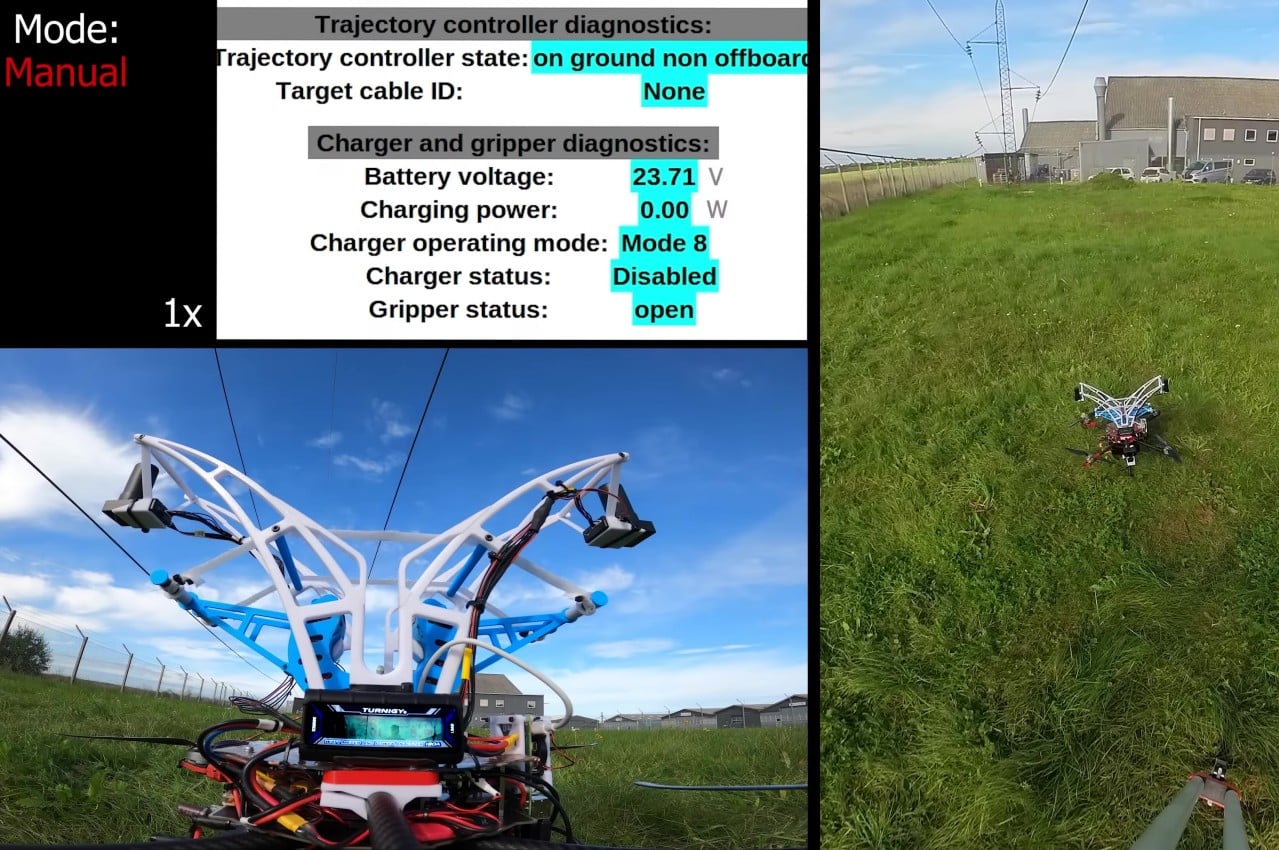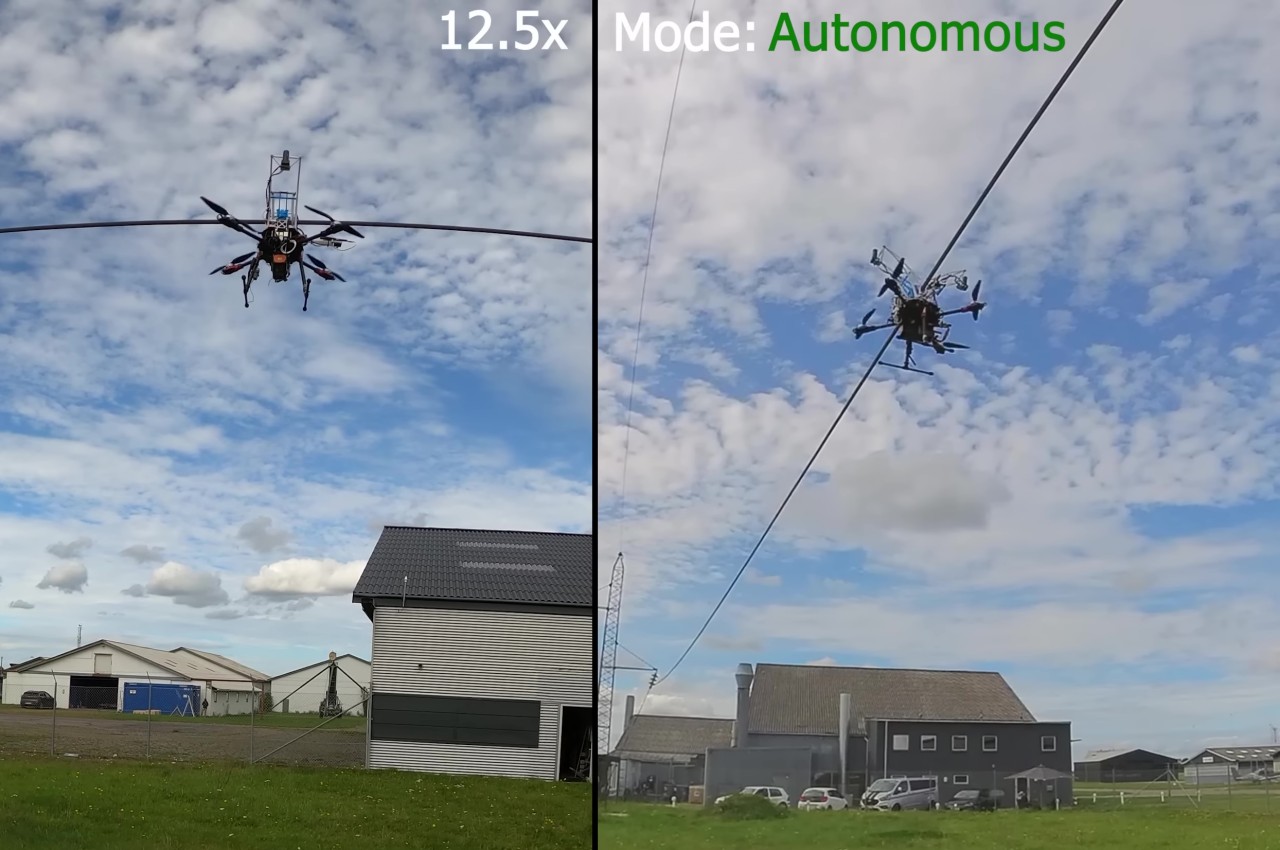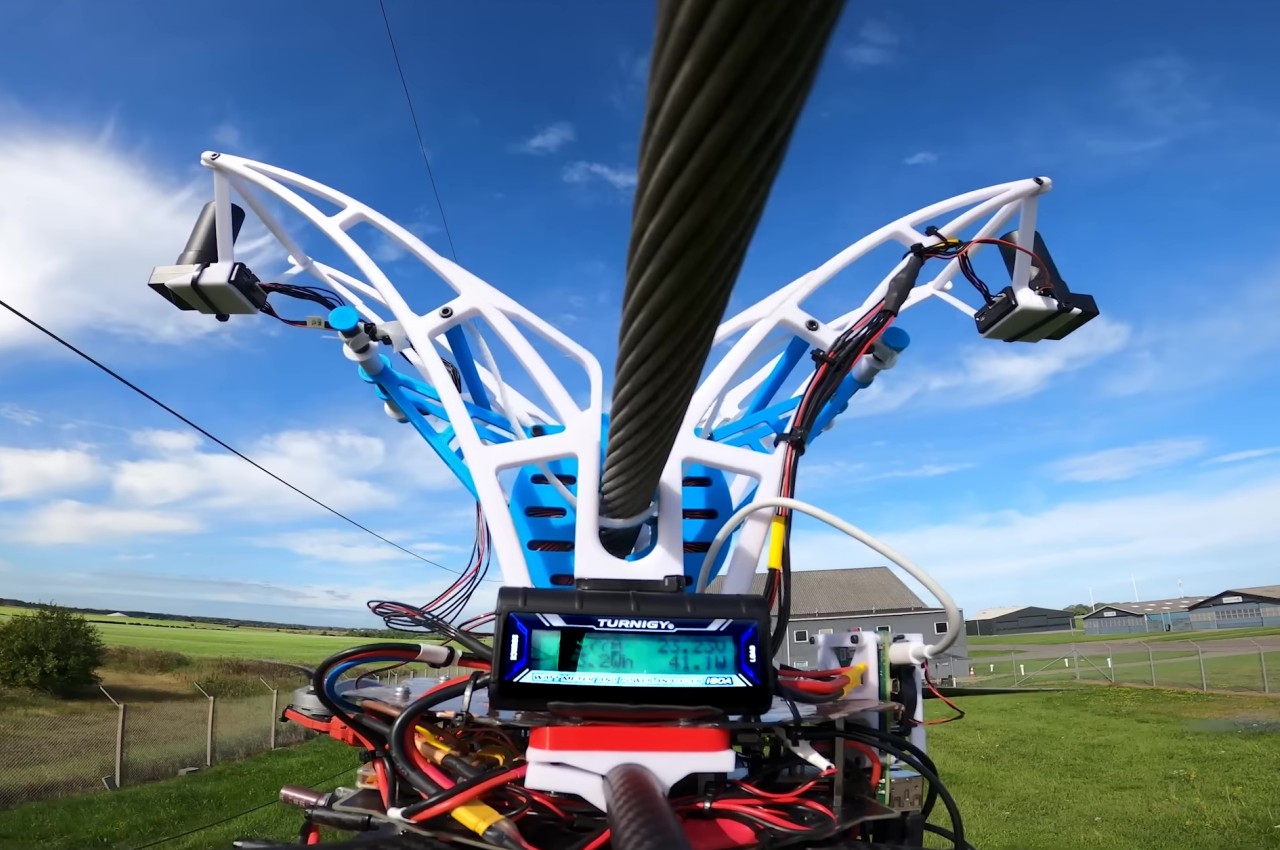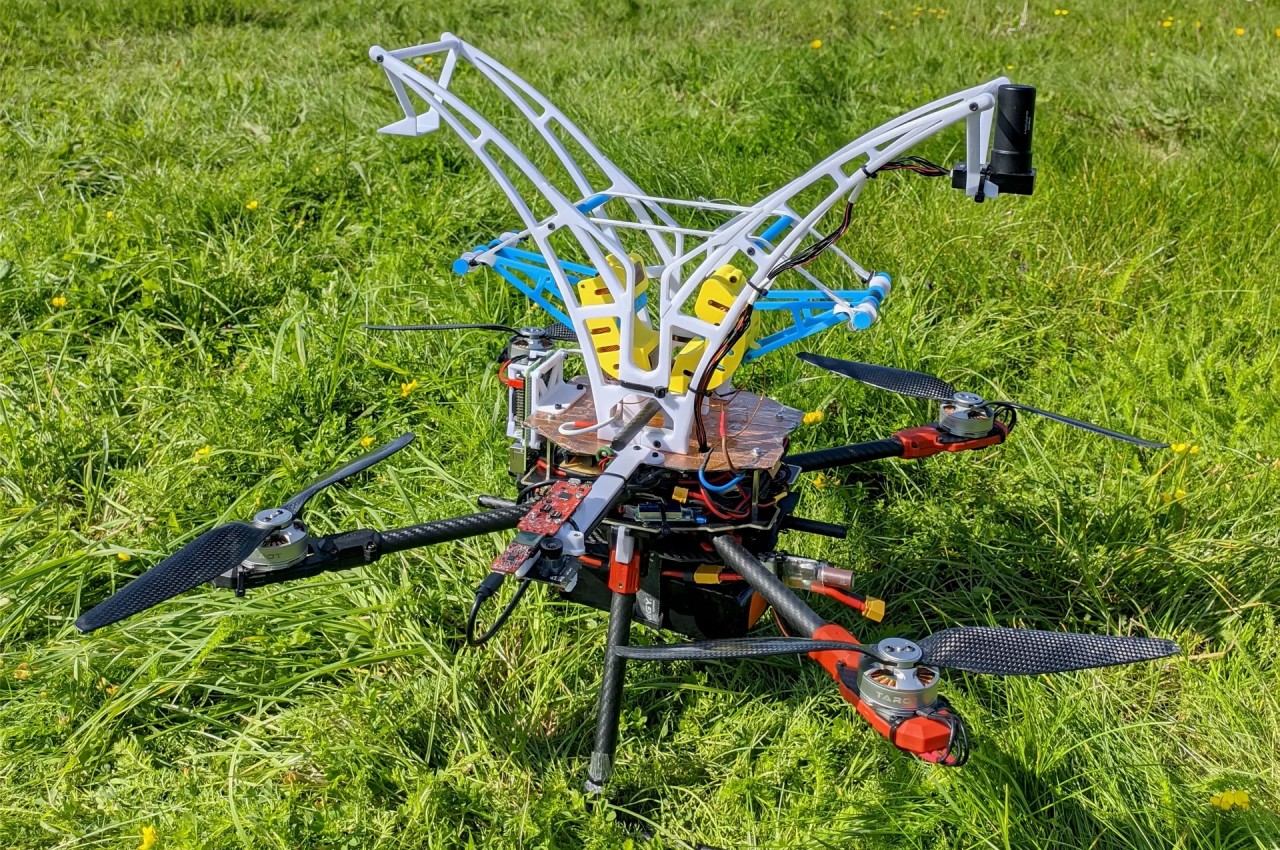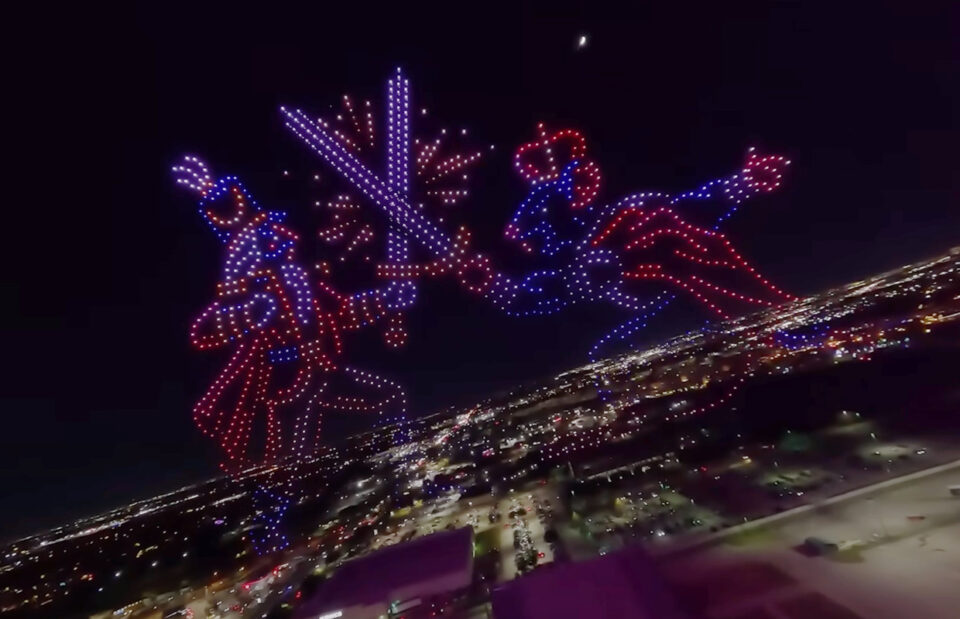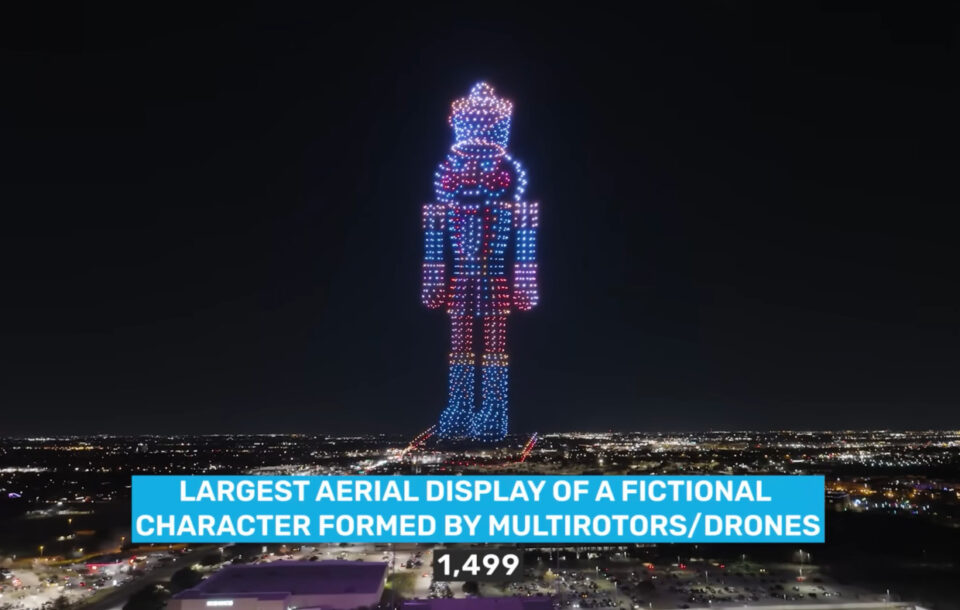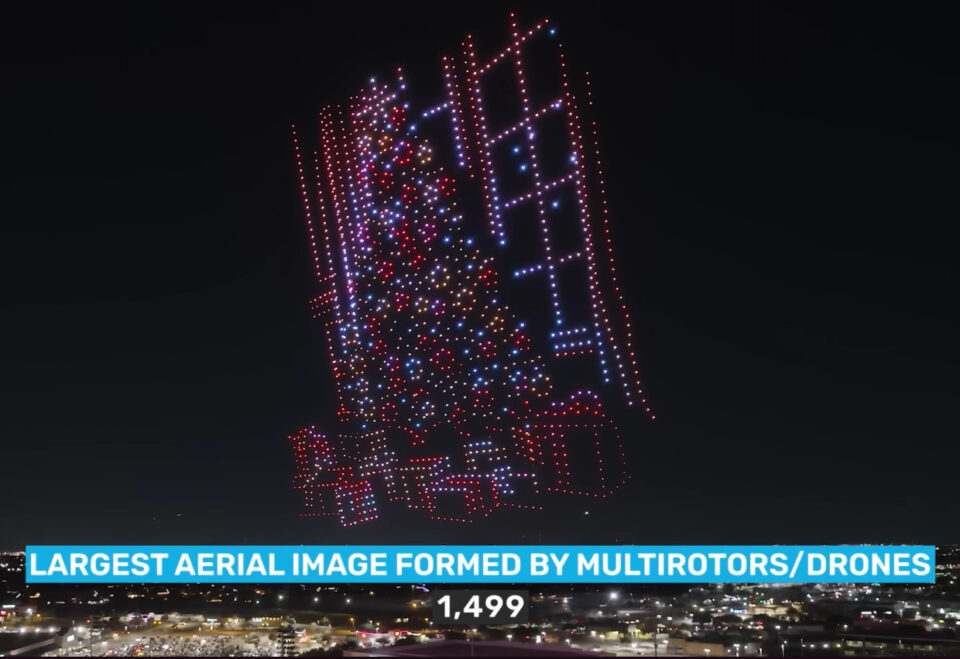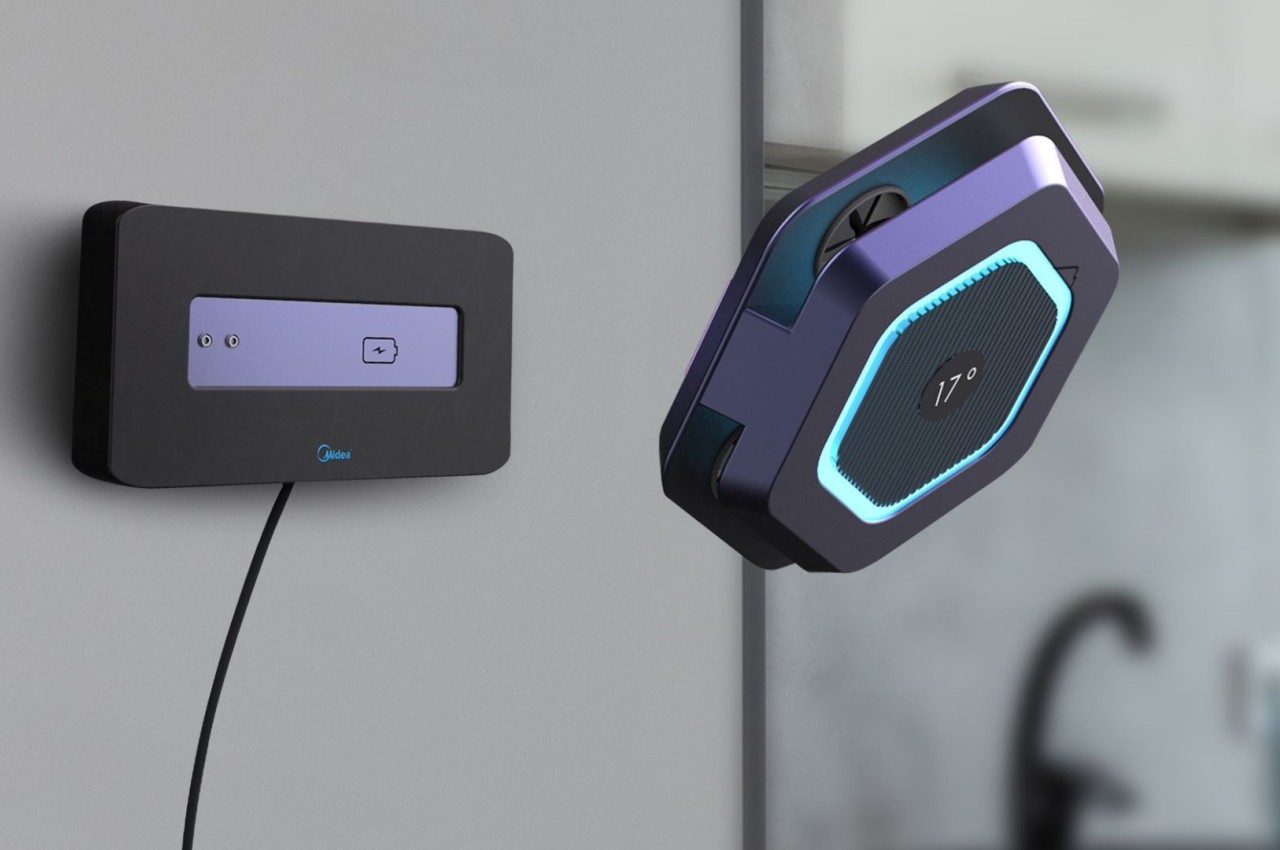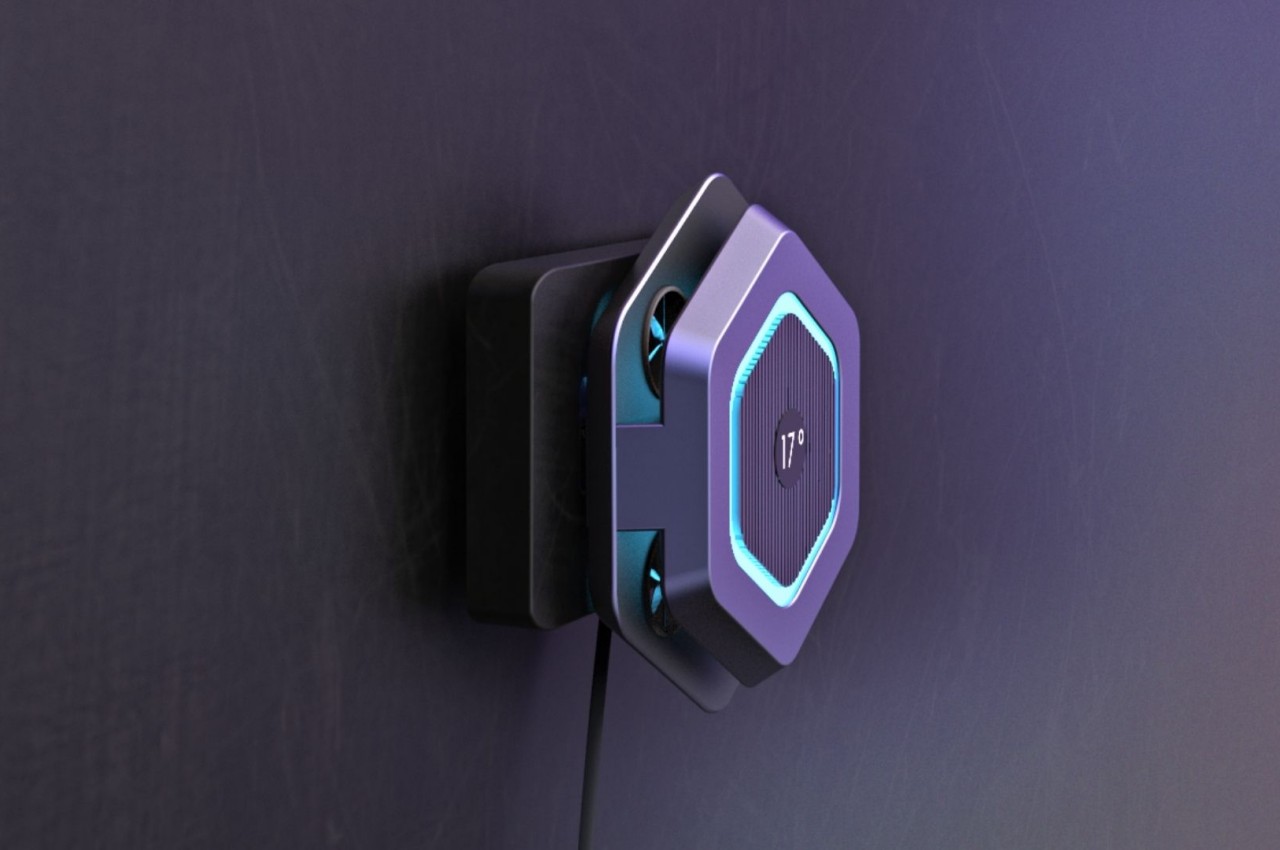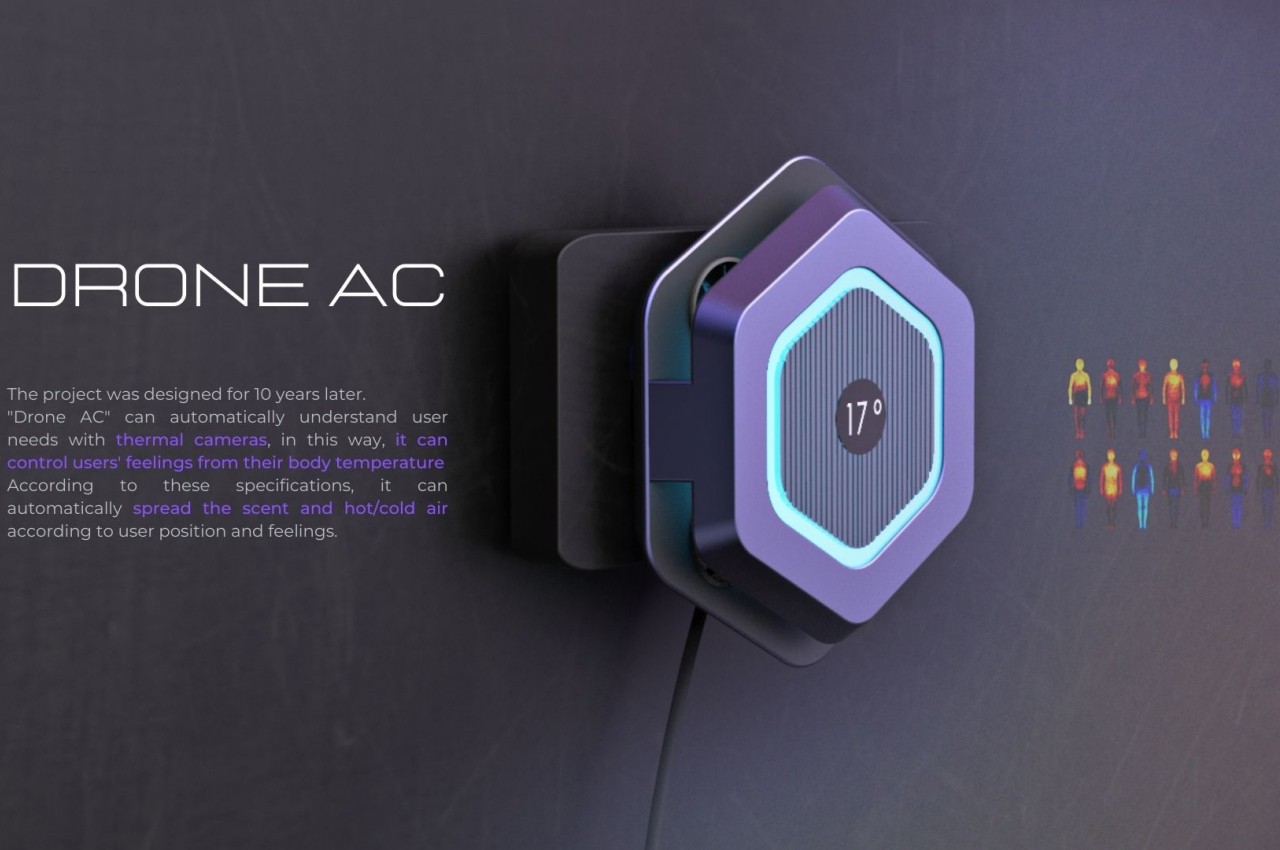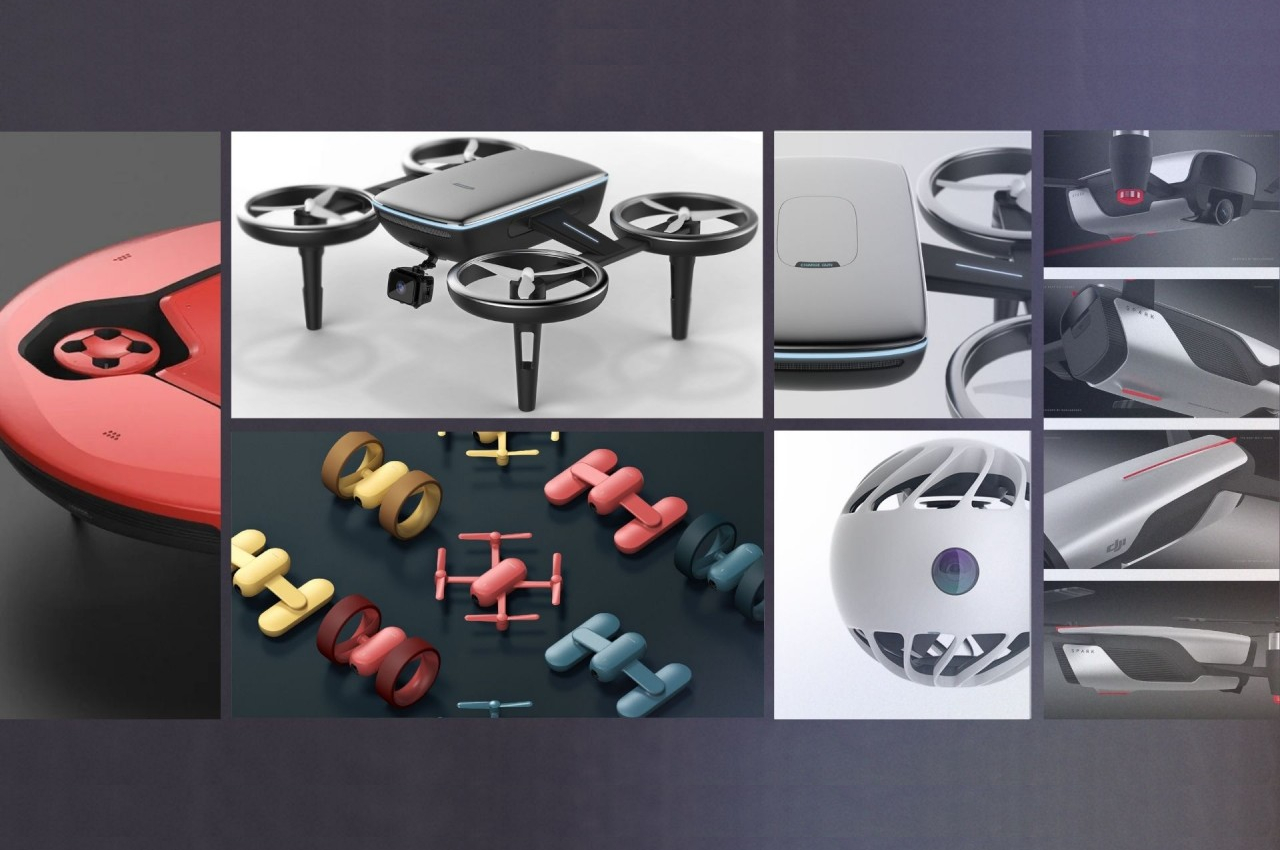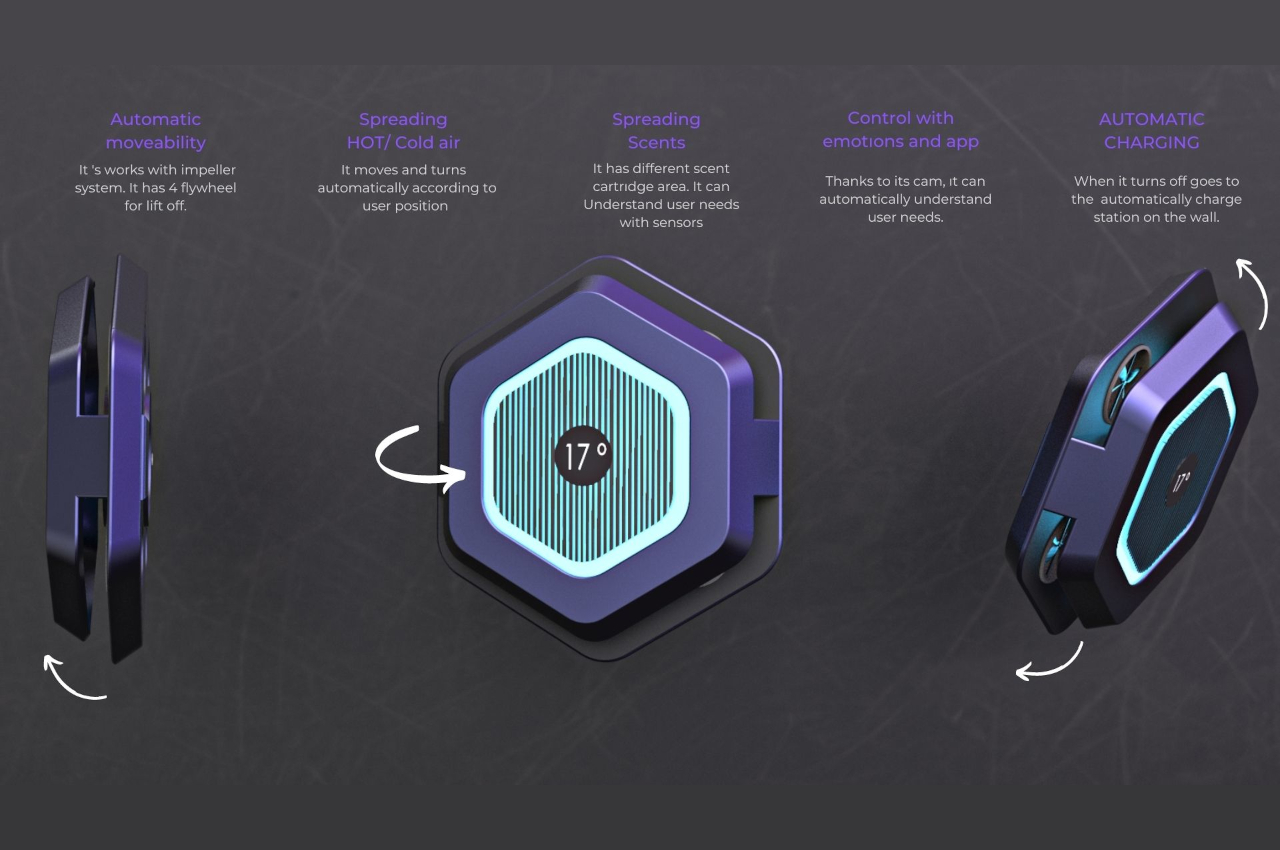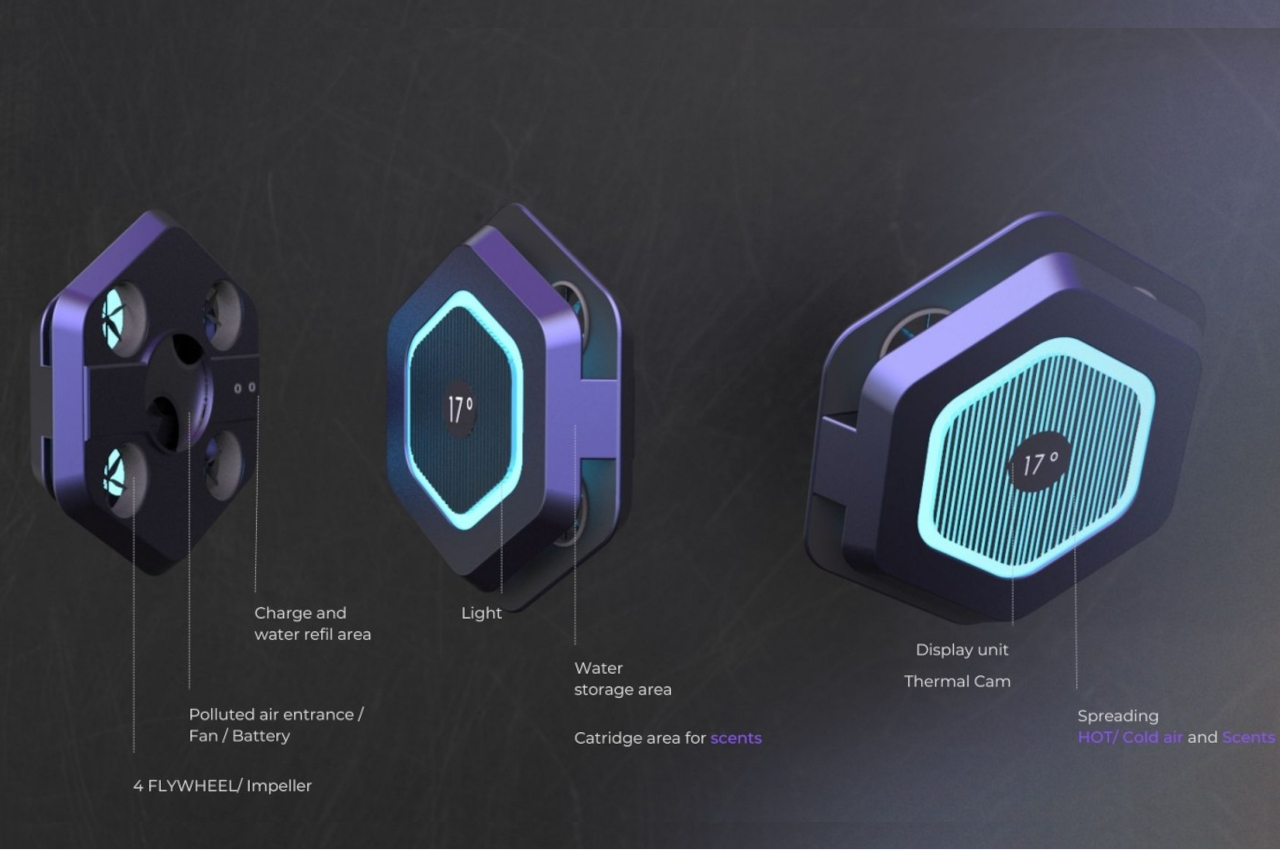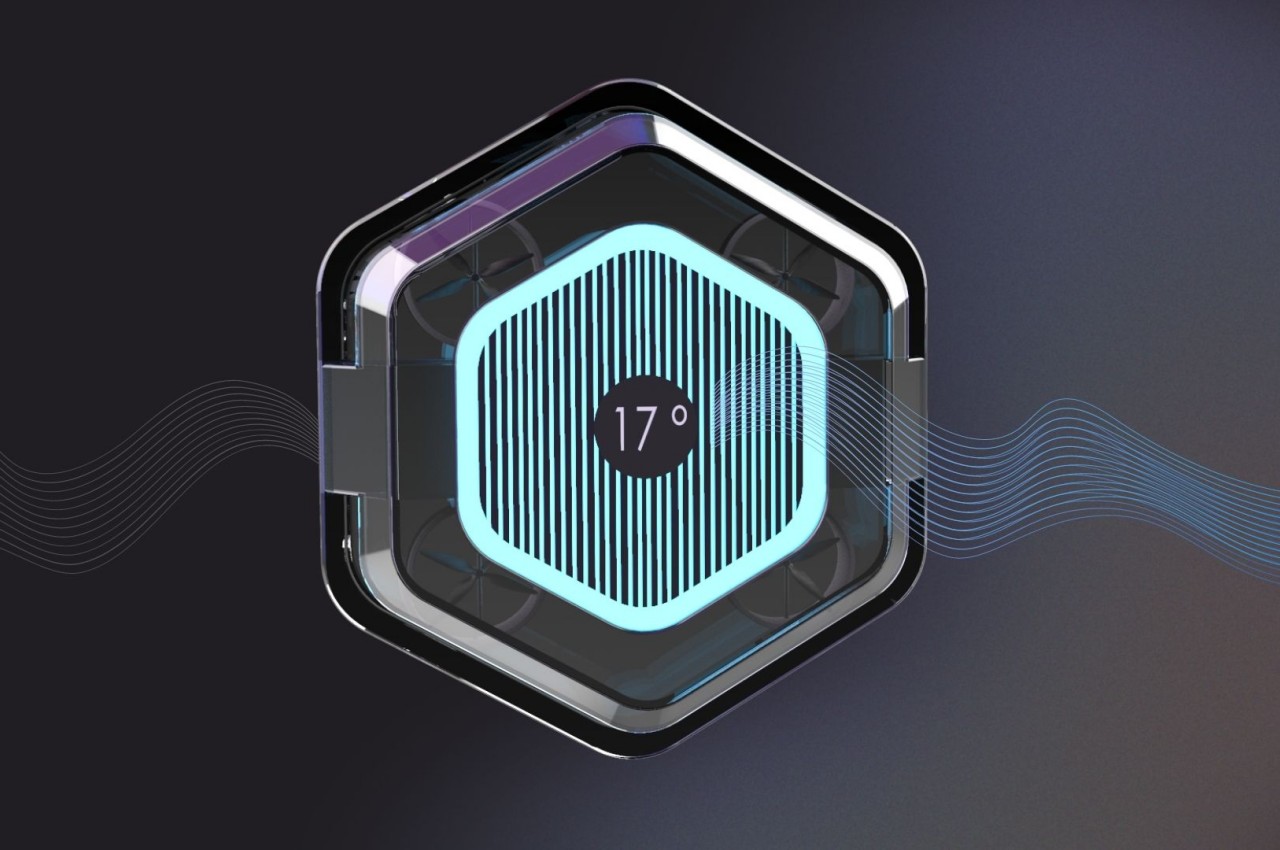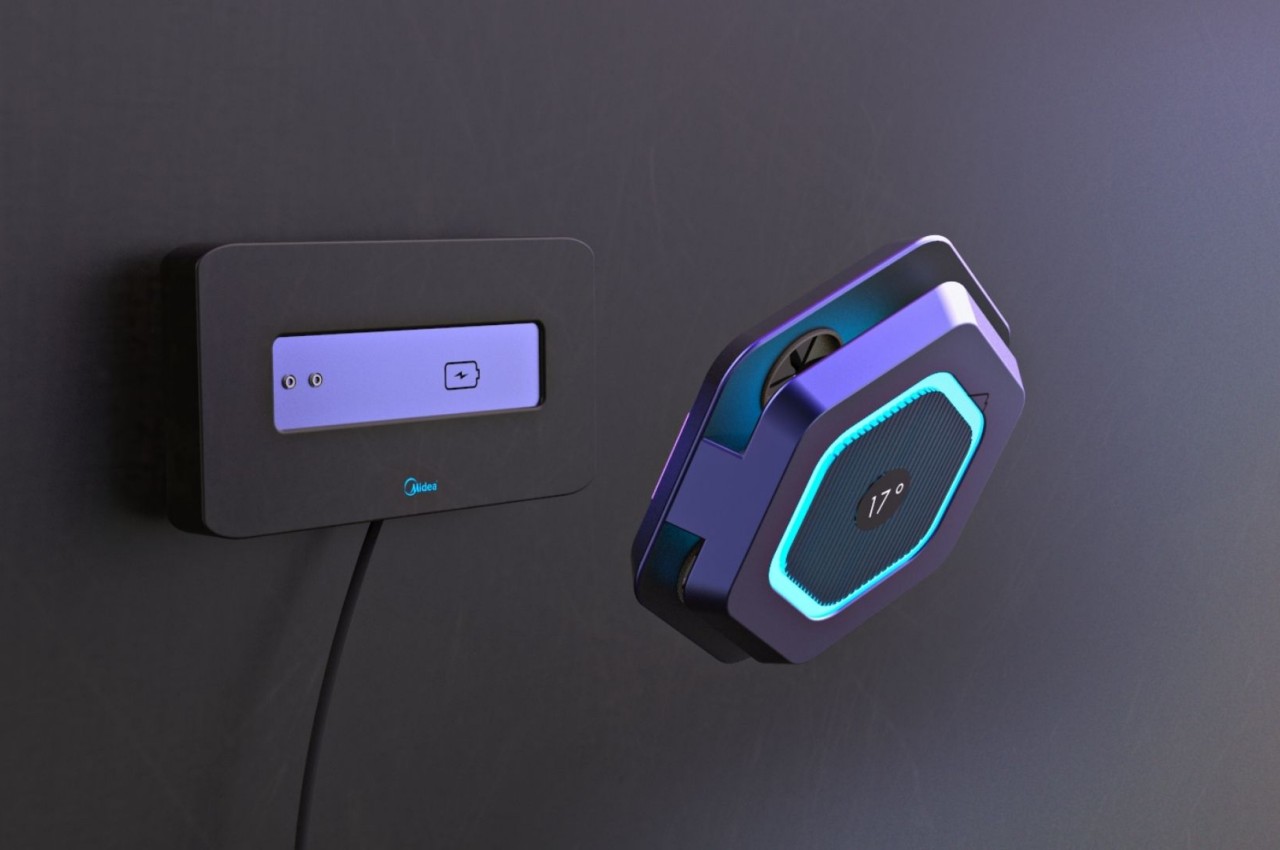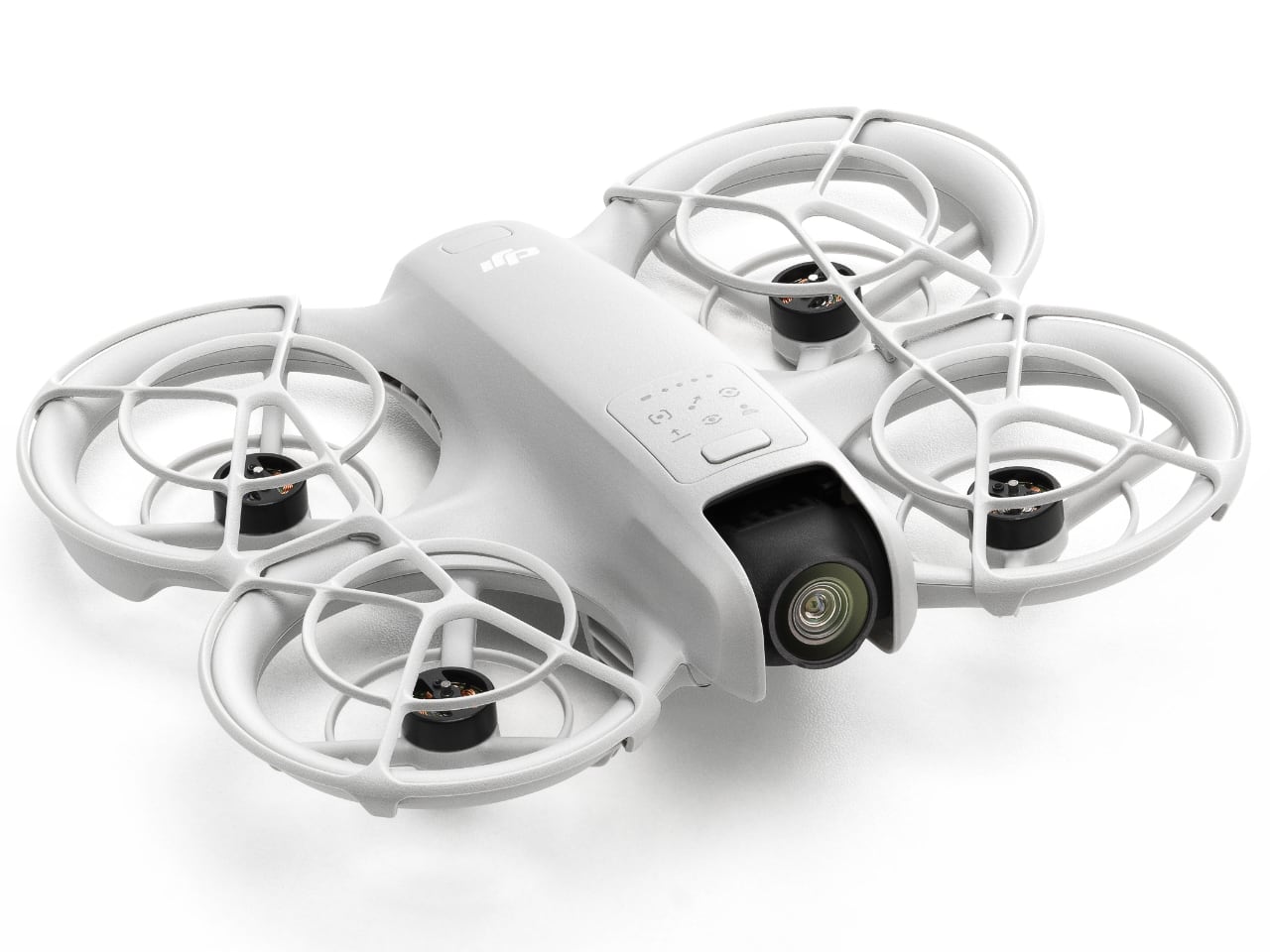
The DJI Neo is the company’s lightest and most compact drone, weighing just under 5 ounces (135g). Designed for casual creators, adventurers, and anyone wanting to capture everyday moments, the Neo combines portability and powerful features, making it ideal for those seeking a simple, efficient way to document their experiences. Its compact form factor means it’s easy to carry and use on the go, offering creators a versatile tool for capturing life’s moments.
Designer: DJI
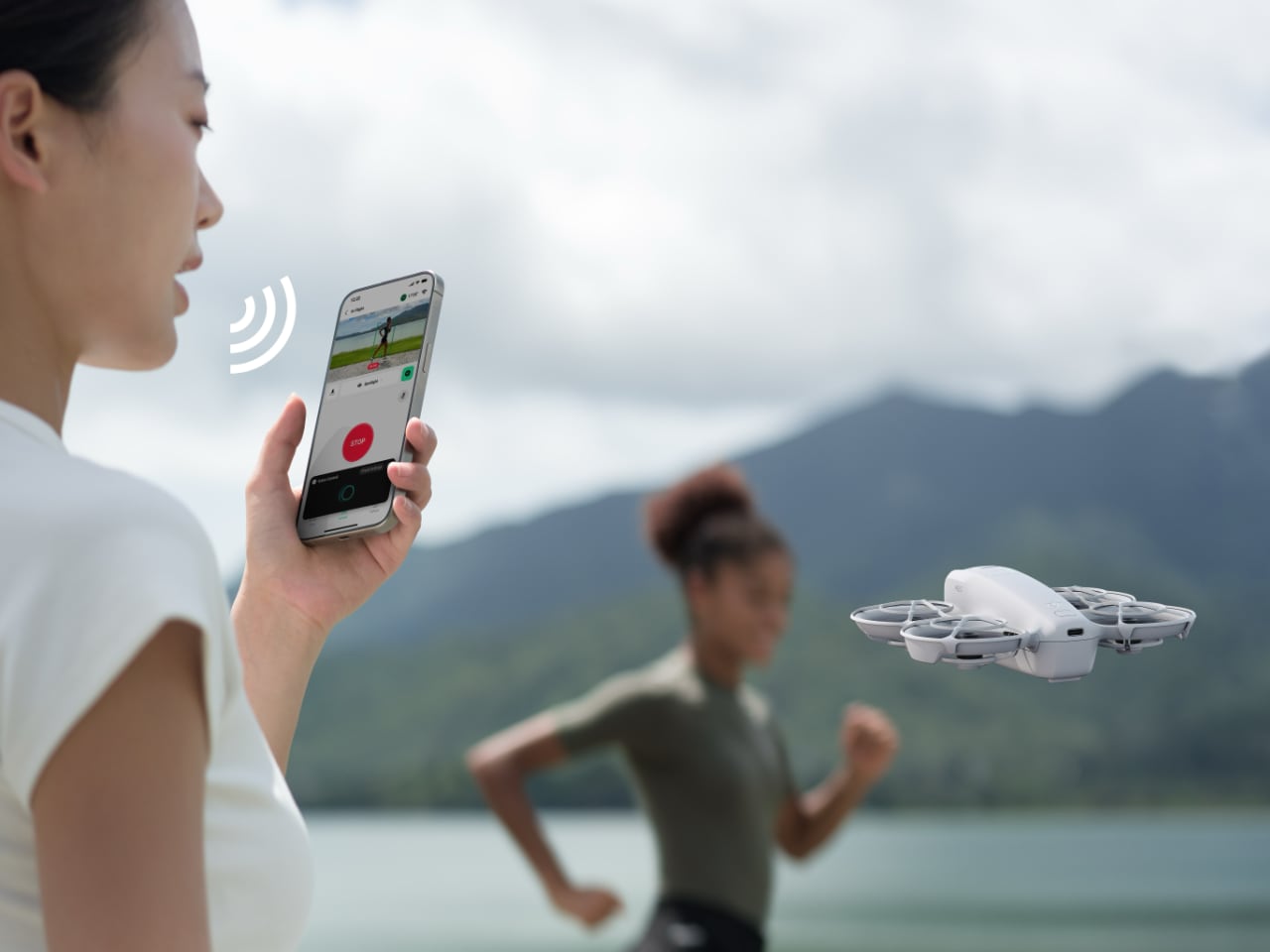
Unlike many drones, the Neo does not require a traditional remote control. Instead, users can take off, fly, and land the drone using a single button. For added convenience, voice commands allow for hands-free operation, making the drone easy to control even in dynamic situations. The drone can be launched and landed directly from the user’s hand, making it highly intuitive for beginners and experienced users. With an 18-minute flight time, the Neo provides ample opportunity to capture spontaneous moments indoors or outdoors, while its compact size means it fits comfortably into any adventure.
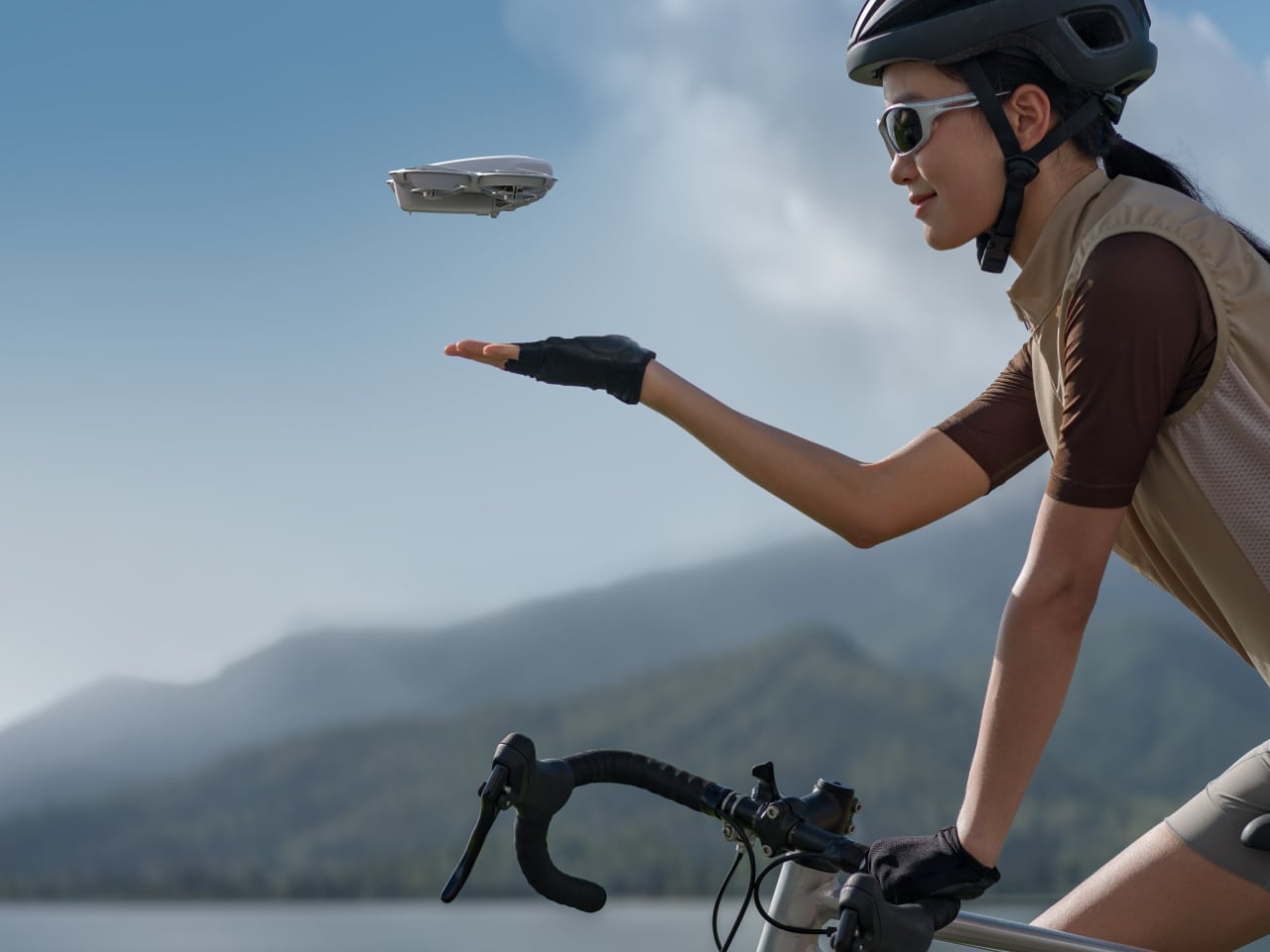
The Neo’s camera capabilities ensure high-quality footage in any situation. Equipped with a 12MP camera, the Neo can capture crisp still images, while its ability to shoot 4K stabilized video adds a professional touch to even casual content. Whether documenting a family day at the park or recording an outdoor adventure, the Neo provides the tools to capture sharp, clear footage quickly.
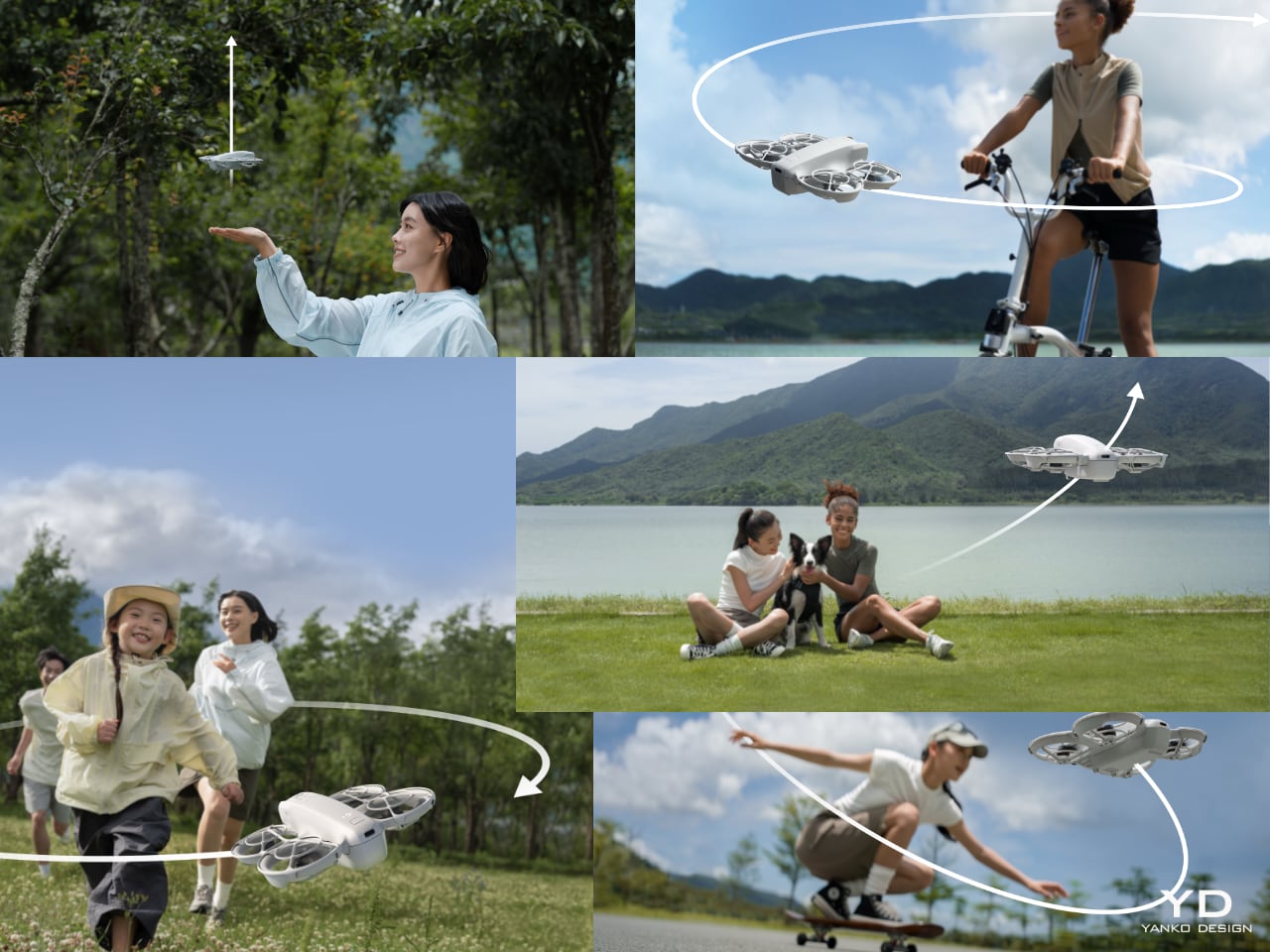
The AI-powered subject tracking feature allows users to focus on their shots without manually adjusting the drone. Whether cycling, skateboarding, or hiking, the Neo’s advanced AI tracking system keeps the user perfectly framed, ensuring smooth, dynamic footage every time. The drone’s six QuickShots modes—Dronie, Circle, Rocket, Spotlight, Helix, and Boomerang—allow users to create cinematic content with just the press of a button. These pre-programmed flight paths and camera angles simplify the creative process, ensuring professional-looking results without the need for advanced piloting skills.
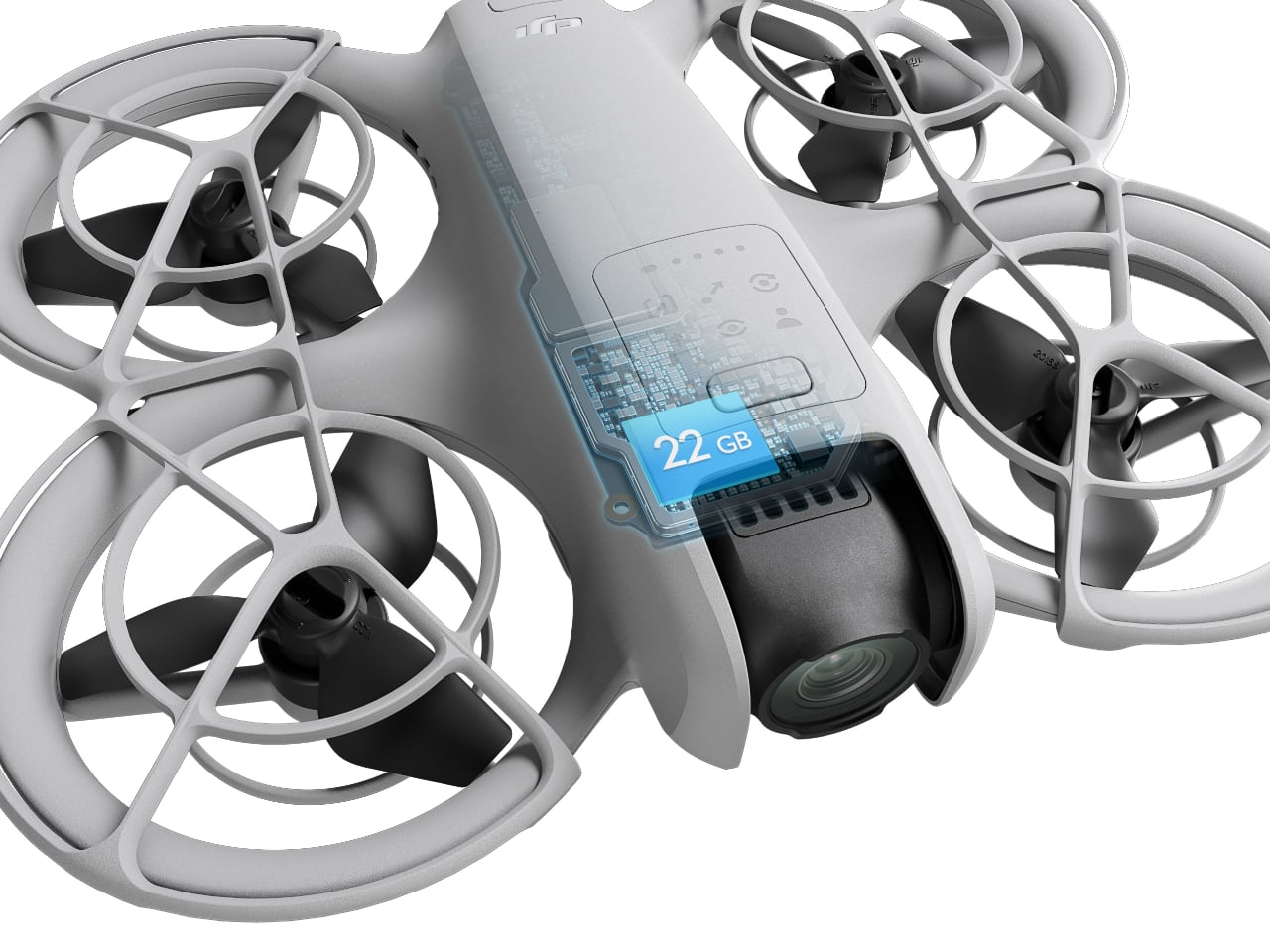
Safety is also a key design focus of the DJI Neo. The drone’s propellers are fully wrapped, protecting it and its surroundings and making it safe indoors and outdoors. The Neo’s 22GB of internal storage allows users to record up to 40 minutes of 4K video at 30fps or 55 minutes at 1080p/60fps. With built-in Wireless QuickTransfer, users can send their footage directly to their smartphones for easy editing and sharing, streamlining the post-production process and eliminating the need for external memory cards or additional cables.
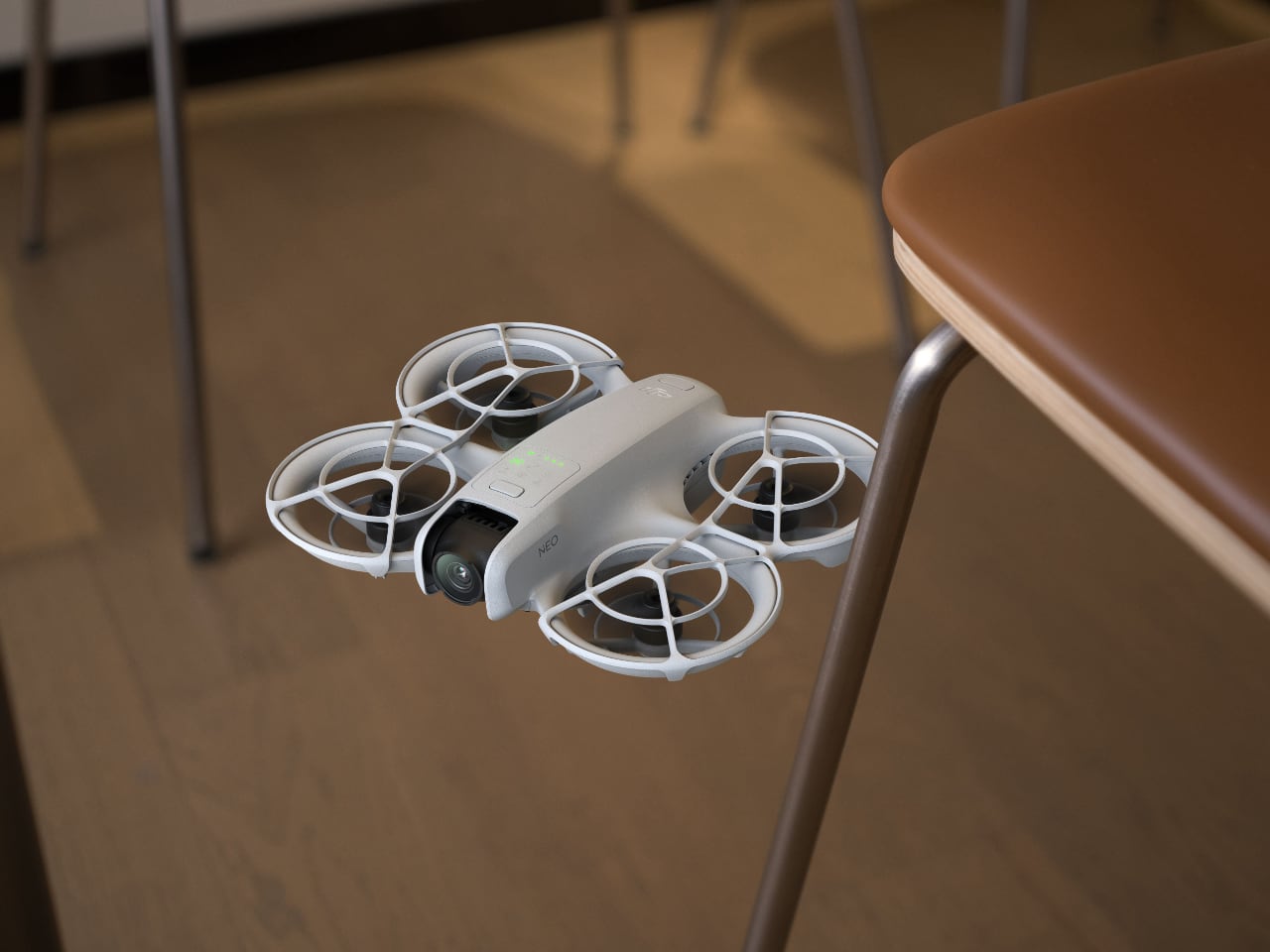
In addition to its camera and safety features, the Neo is equipped with a single-axis mechanical gimbal, ensuring smooth and steady footage even during rapid maneuvers. DJI’s RockSteady and HorizonBalancing technologies further enhance stabilization, reducing shake and ensuring the horizon stays level even in dynamic or fast-moving scenarios. The Neo also uses infrared and monocular vision positioning systems, allowing it to hover steadily and maintain stability in various environments. Users can focus on capturing content, knowing the drone will stay steady without needing constant manual adjustments.
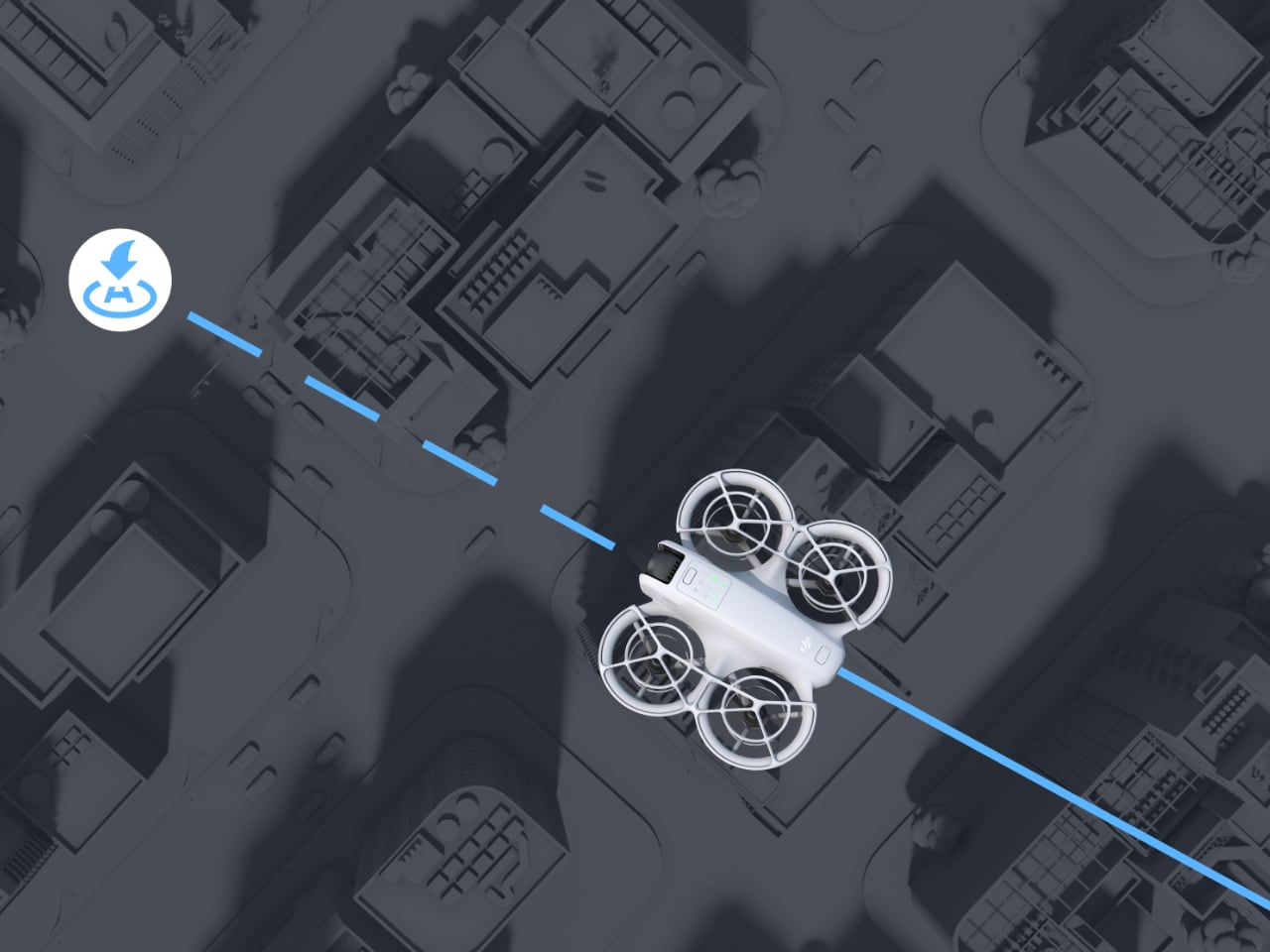
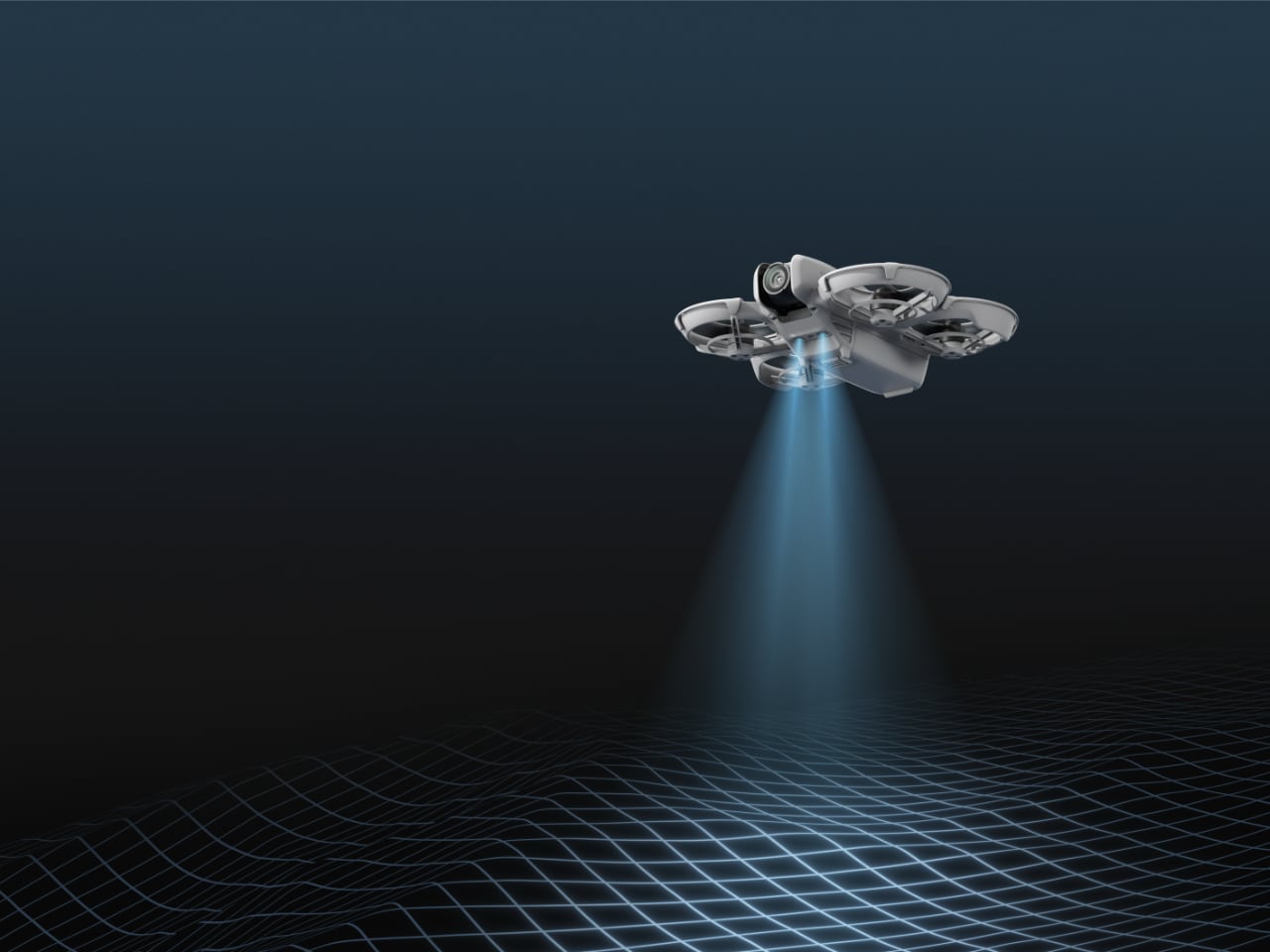
The Neo includes an Automatic Return to Home (RTH) feature for added convenience. This ensures that the drone safely returns to its takeoff point with a single command, providing peace of mind for users who are new to flying drones. Whether capturing footage in open spaces or more challenging environments, the RTH feature ensures the drone’s safe retrieval, adding an extra layer of security to the flying experience.
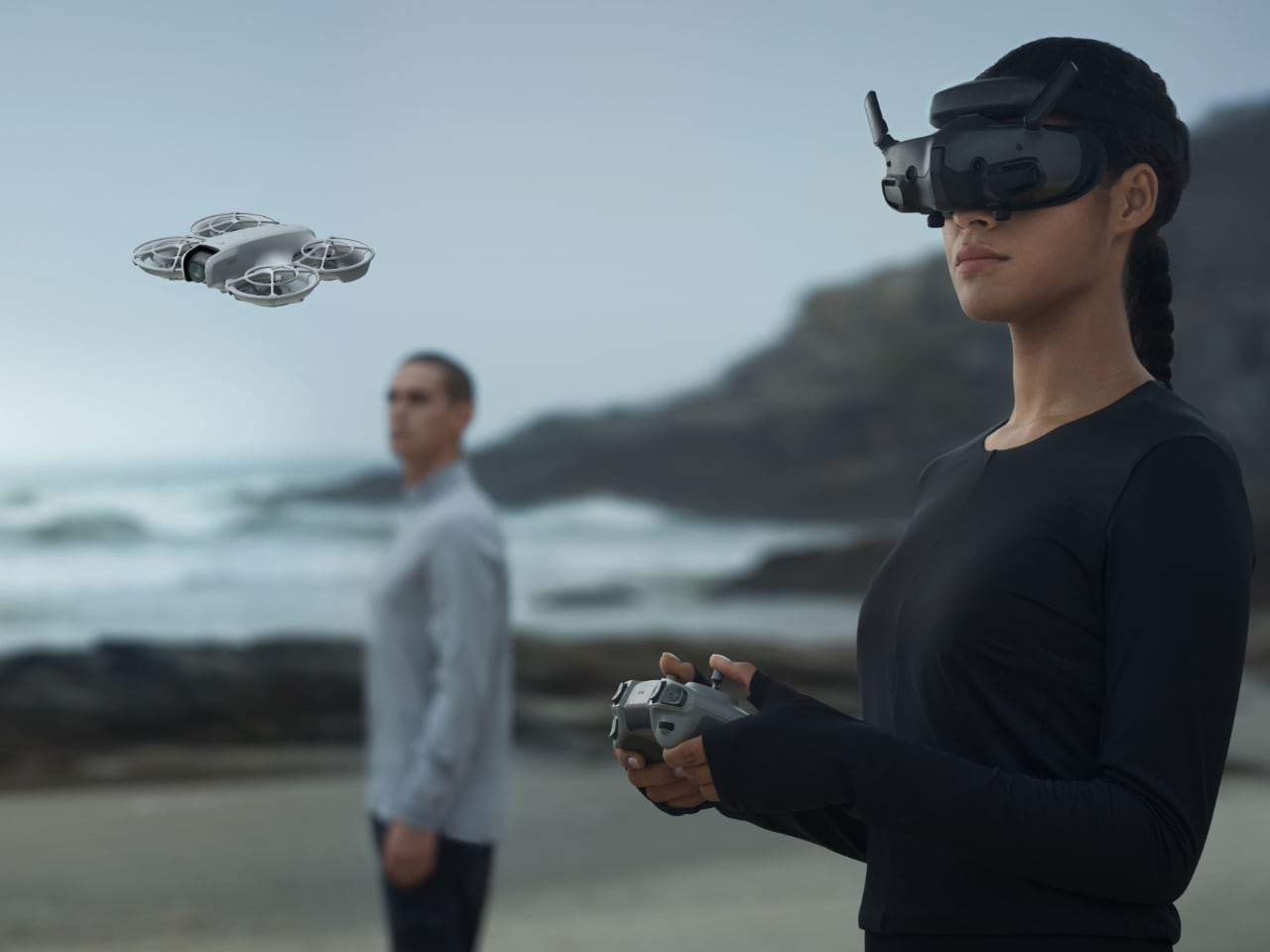
DJI NEO FPV Control
Charging the Neo is made easy with its Type-C charging port, which allows for quick recharges between flights. For extended use, DJI also offers a Two-Way Charging Hub that can charge up to three batteries simultaneously, reducing downtime and ensuring users can stay in the air longer. The Neo’s flexible design also makes it compatible with the DJI Fly app, traditional remote controllers, DJI Goggles, and RC Motion, giving users a range of options for controlling the drone based on their personal preferences.
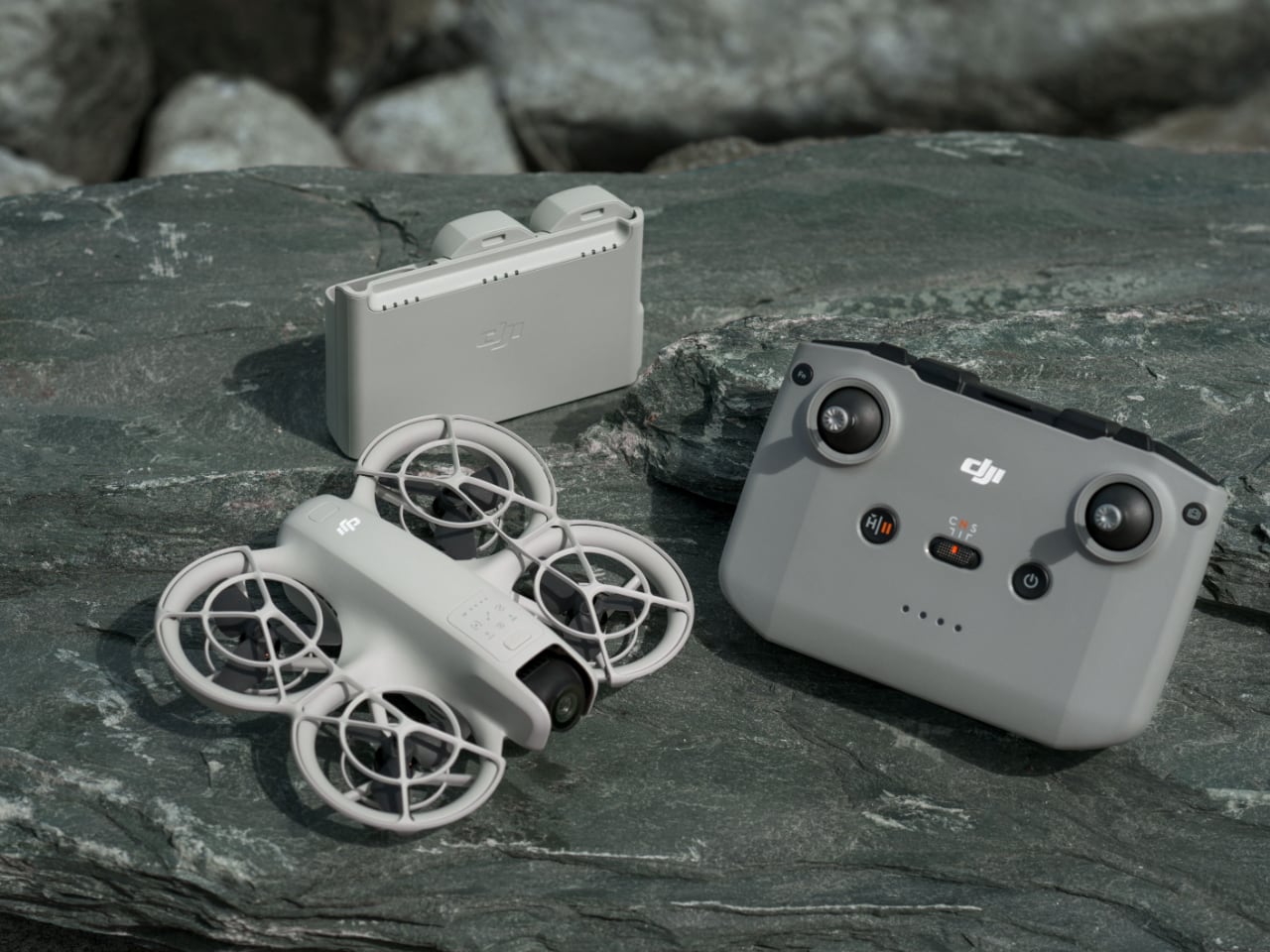
The DJI Neo is designed to make aerial content creation accessible to everyone. Its lightweight and compact form, advanced features like AI-powered tracking, QuickShots modes, and high-quality video capture make it a versatile tool for capturing life’s moments. Whether you’re documenting family outings or outdoor adventures or simply looking to add a cinematic touch to your daily experiences, the Neo provides the perfect balance of portability, performance, and ease of use.
The post The DJI Neo Is Lightweight, Compact, and Ready to Capture Everyday Moments first appeared on Yanko Design.











